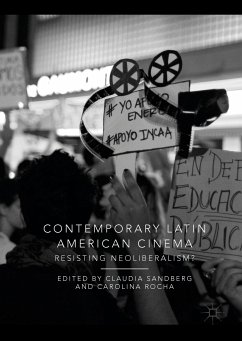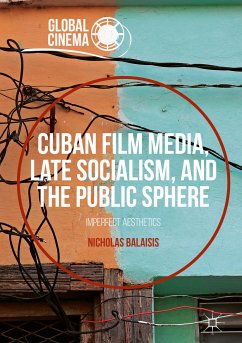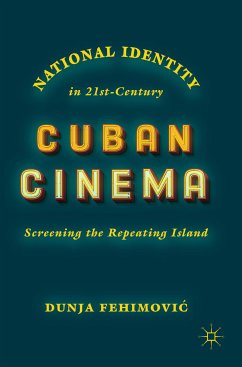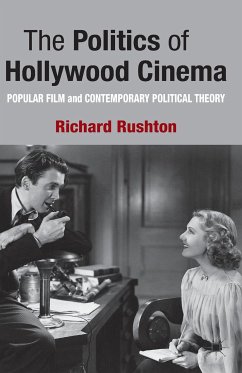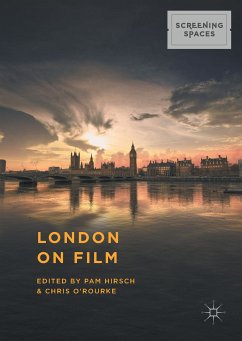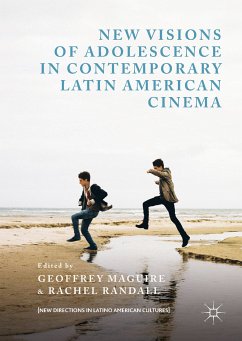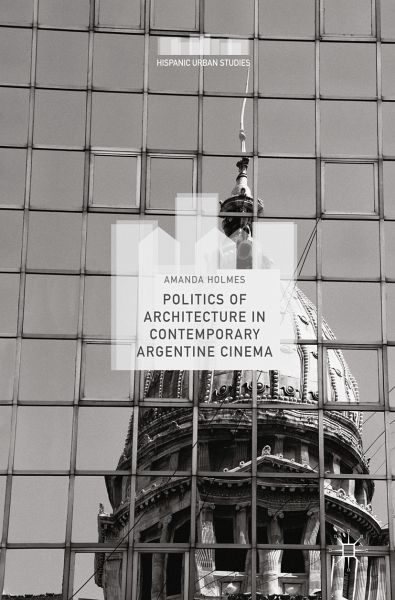
Politics of Architecture in Contemporary Argentine Cinema (eBook, PDF)
Versandkostenfrei!
Sofort per Download lieferbar
68,95 €
inkl. MwSt.
Weitere Ausgaben:

PAYBACK Punkte
34 °P sammeln!
This book considers how architectural landmarks, imagined buildings and urban landscapes take part in the production of meaning in contemporary Argentine cinema. From the iconic Buenos Aires Obelisk to the Hilton International Hotel, the shopping center to the café and the Le Corbusier-designed Curutchet House to the gated community, architecture in these films evokes the political. Tracing architecture's expression through six films produced since the 1990s-Pizza birra faso, Mundo grúa, Nueve reinas, La niña santa, La antena and El hombre de al lado-Amanda Holmes studies how architecture i...
This book considers how architectural landmarks, imagined buildings and urban landscapes take part in the production of meaning in contemporary Argentine cinema. From the iconic Buenos Aires Obelisk to the Hilton International Hotel, the shopping center to the café and the Le Corbusier-designed Curutchet House to the gated community, architecture in these films evokes the political. Tracing architecture's expression through six films produced since the 1990s-Pizza birra faso, Mundo grúa, Nueve reinas, La niña santa, La antena and El hombre de al lado-Amanda Holmes studies how architecture in cinema elicits political memory, underscores marginalization and class discrepancies, creates nostalgia for neighborhoods and re-evaluates existing communities. Generously illustrated and carefully researched, the book offers an in-depth reading of key contemporary Argentine films and a fresh architectural approach to film analysis.
Dieser Download kann aus rechtlichen Gründen nur mit Rechnungsadresse in A, B, BG, CY, CZ, D, DK, EW, E, FIN, F, GR, HR, H, IRL, I, LT, L, LR, M, NL, PL, P, R, S, SLO, SK ausgeliefert werden.



